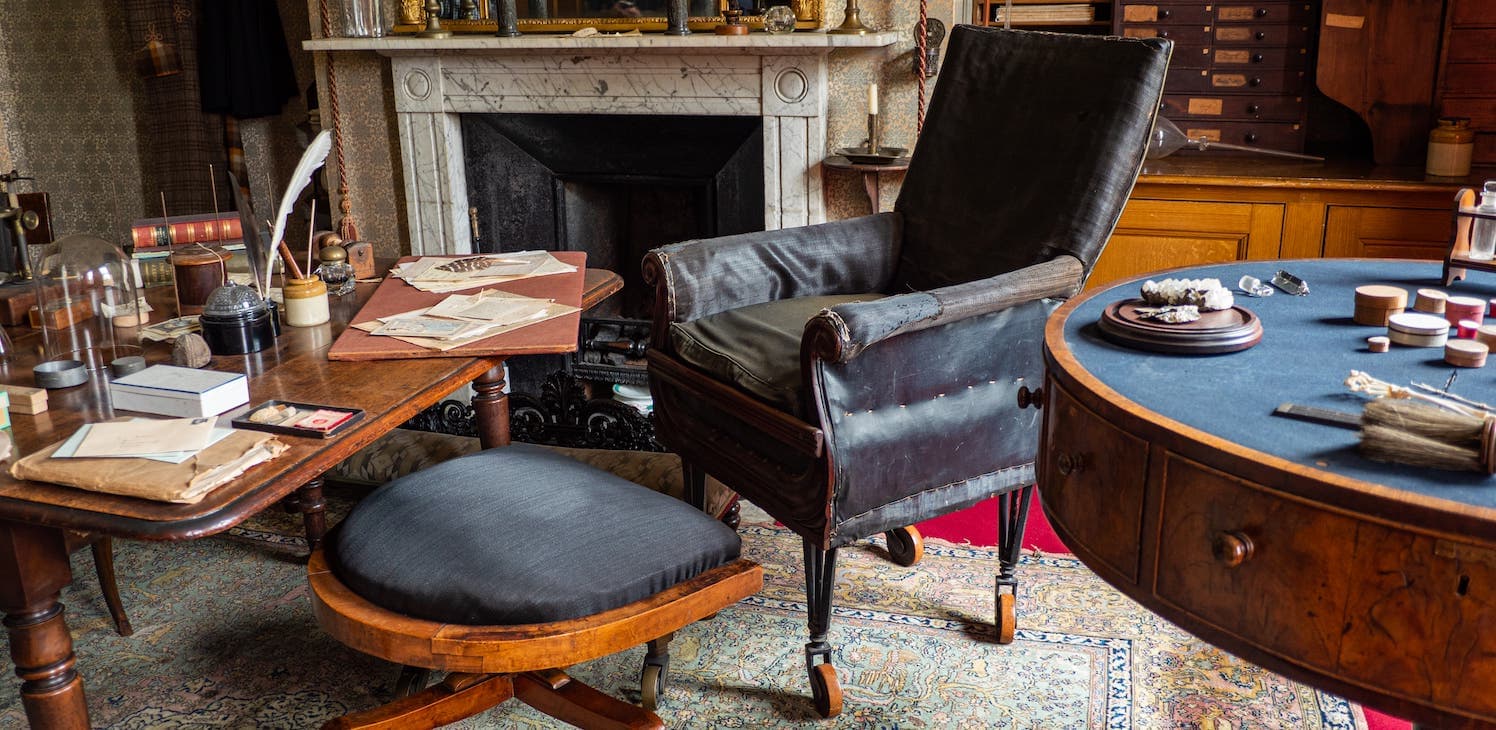One of the more unusual invitations Darwin received was to be a patron of the Crystal Palace cat show, the first nationwide cat show in Britain.
The man who first came up with the idea for the show, Harrison Weir, was one of Darwin's correspondents, as were two of the other judges of the first Crystal Palace show in July 1871, William Tegetmeier and Harrison's brother John Jenner Weir. Tegetmeier and Harrison Weir were noted pigeon-fanciers and Darwin had known them since the 1850s when all three belonged to a pigeon-breeding club, the Philoperisteron. In order to study the effects of selective breeding at first hand, Darwin learned how to keep pigeons himself, and Tegetmeier and Weir provided him with birds and a great deal of advice. John Weir studied insects as well as birds, and later helped both Darwin and Alfred Russel Wallace.
Are white cats with blue eyes deaf?
The first 'Exhibition of Cats' was a runaway success with more visitors than could be accommodated. Ever the opportunist, when approached for ideas on prizes that might be offered at the second show, Darwin suggested establishing 'a small class for "white cats of any breed, with both eyes or one alone blue"', adding that the organisers could also perhaps 'request a statement whether it is known that they are deaf'. This apparently bizarre request is directly linked to changes Darwin made to successive editions of Origin in response to comments from readers. Darwin used an association between deafness in cats and the colour of their fur and eyes to support his argument that some apparently useless aspects of species development - such as changes in colour - happened because those characteristics were linked, or 'correlated', to other changes that were useful. Darwin's information on cats came mostly from one of his cousins, William Darwin Fox, whose family over the years kept 'dozens of white cats'. Over successive editions however, as new information came in, Darwin altered his original assertion that 'cats with blue eyes are invariably deaf', to 'cats with blue eyes are generally deaf', then to 'cats which are entirely white and have blue eyes are generally deaf', and finally, that 'it has been lately stated . . . that this is confined to the males' - though Darwin had his doubts about that last claim and was later shown to be right.
Read more about deaf blue-eyed cats and correlation of growth.
'Atheistical cats!'
It was John Weir who approached Darwin to act as one of the patrons for the fifth show held in September 1873. Although whimsically cautioning Weir against it in case people refused to go and admire 'a lot of atheistical cats!', Darwin lent his name alongside that of Lady Dorothy Nevill, another correspondent, who in addition to breeding the orchids that she occasionally supplied to Darwin, also bred cats. She had won first prize at the fourth exhibition in October 1872 for her Royal Siamese, Mrs Poodles (Daily News, 26 October 1872, p. 3).
Harrison Weir remained closely associated with the Crystal Palace cat shows for the rest of his life. A highly successful author and illustrator, especially of books on animals, he made sketches of many of the prize-winners.

![Those other animals by George Alfred Henty and Harrison Weir, p. 127 Those other animals by George Alfred Henty and Harrison Weir, p. 127]](/sites/default/files/thoseotheranimal00hentiala_0143.jpg)



